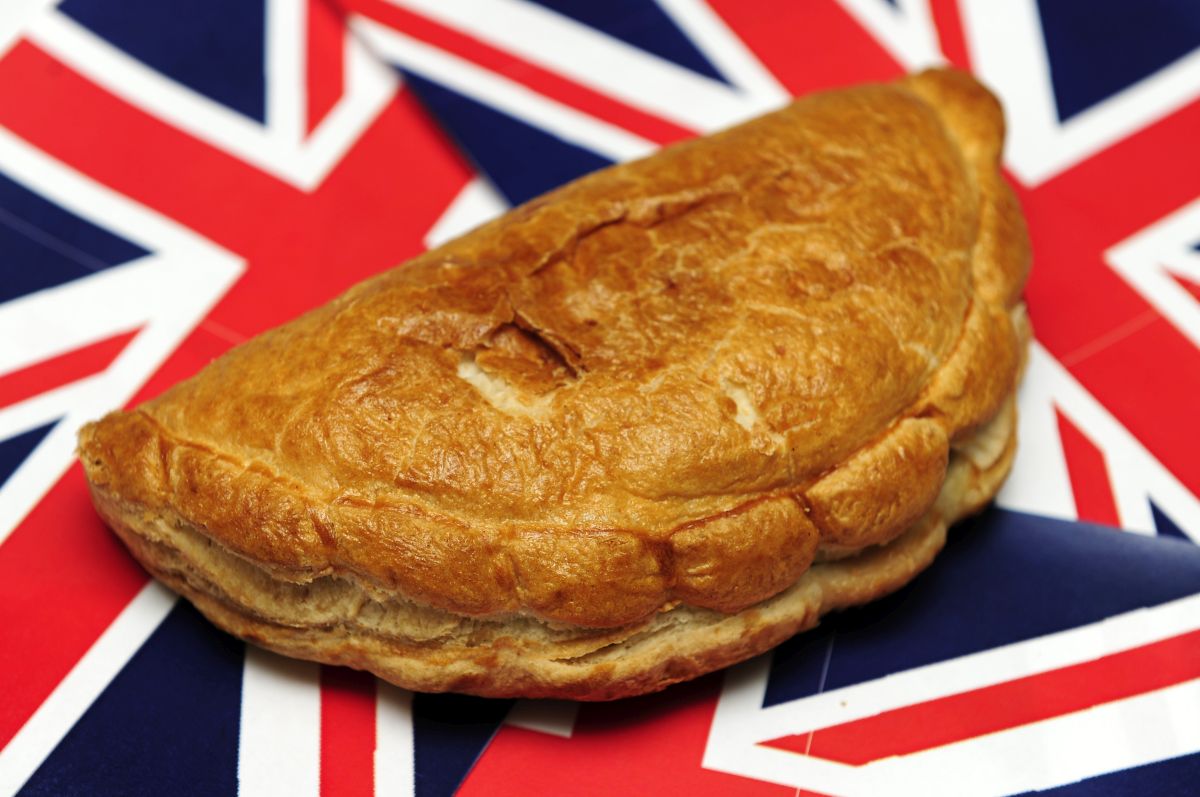
West Country beef and lamb, Melton Mowbray pork pies and Stilton cheese may still get EU protection from imitations – provided the UK does the same for European products.
That’s according to the latest AHDB Horizon publication, which examines the impact Brexit may have on the industry in terms of products of Geographical Indication (GI)
It analyses how leaving the EU will impact on the UK’s ability to designate foodstuffs under the three existing EU GI schemes, which were set up so producers could differentiate their products and improve their competitiveness and profitability.
At present, the UK has 61 registered Geographical Indication products and 17 applications in progress, with the majority of these registrations relating to the meat and cheese sectors.
Among those are West Country beef and lamb, where stock is born, raised, finished and slaughtered in Cornwall, Devon, Somerset, Gloucestershire, Dorset or Wiltshire. The beef and lamb must be at least 70% forage fed and must spend a minimum of six months grazing.
'Protecting traditional food products'
Kathy Roussel, head of AHDB Brussels Office and co-author of the Horizon report, said: “Defra recognises the benefits of protecting traditional and geographical food products and has confirmed that this protection will remain while the UK is a member of the EU. A team is also in place to look at how best to protect these products post-Brexit.
“When the UK leaves the EU, registered protected food names should be able to benefit from EU protection against imitation, provided there is a reciprocal agreement between the UK and the EU.
“It will also no longer be possible for UK protected food names to be promoted in the EU or abroad, with the financial support of the EU. However, UK agricultural producers might still see some potential in using EU protected food names as a valuable marketing tool to differentiate their products on EU and international markets to improve their competitiveness and profitability.
“Geographical indications have been shown to deliver added value for some products such as Welsh lamb but the registration of a GI on its own does not guarantee success and it needs to be combined with other factors such as market development and regional cooperation.”
From Champagne, to Melton Mowbray pies
The protection of geographical names designating agricultural products has existed for more than 100 years, both in the national legislation of countries and in multilateral agreements.
Under the system, a named food or drink originating either from the EU or from outside the EU, once registered at European level, will be given legal protection against imitation throughout the EU.
The most represented sectors in the EU are fruits, vegetables and cereals, cheese, meat products, fresh meat and oil. The leading member states are Italy, France, Spain and Germany and compared to other European countries, the UK has a relatively low number of registered food names.
Any individual food producer or group of food producers can apply for EU protected food names, but it can take up to four years for the name to be legally protected. However, protection goes on indefinitely once it’s been granted.
Producers in the EU send an application to its national authority, whereas countries outside the EU would send it directly to the European Commission. However, non-EU products must already be protected in their country of origin – which means the UK would need to set up its own national approval scheme.
Kathy added: “Only when products have been approved by a non-EU country’s own national scheme can they be considered for approval under the EU protected food scheme. These products would also be protected by countries which have a Free Trade Agreement or bilateral agreement with the EU.”
